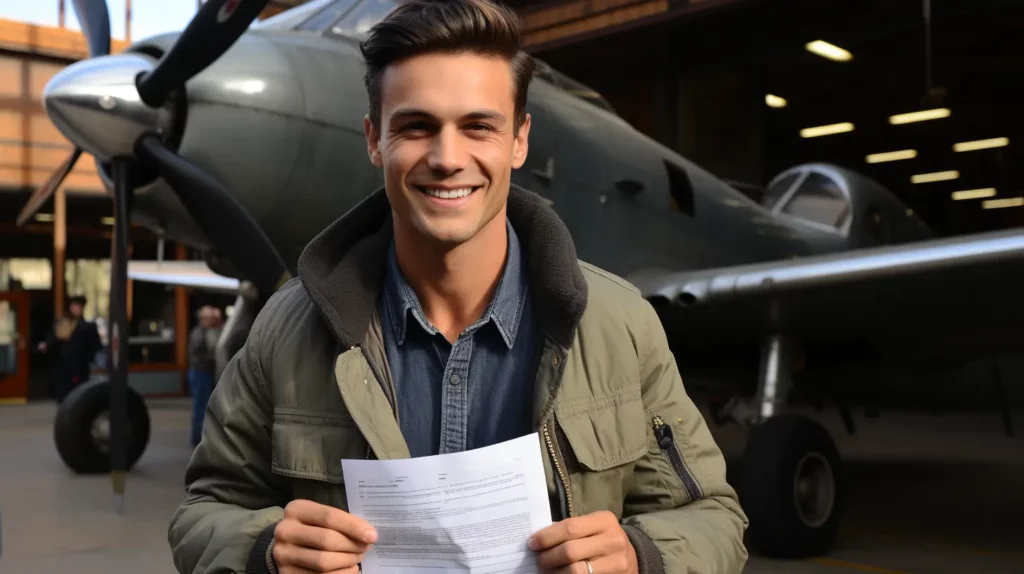Student Pilot Certificate: Understanding the Basics
Table of Contents
Before you can earn your student pilot certificate, you must meet specific eligibility requirements. In the United States, for example, you must be at least 16 years old for airplanes and gyroplanes or 14 years old for gliders and balloons. Additionally, you should have a good understanding of English and be medically fit to fly, usually validated by an FAA-approved aviation medical examiner.
Getting a Student Pilot Certificate: Step by Step
Wondering how to get your student pilot certificate? The process involves meeting the eligibility requirements mentioned above and then applying for it. In the United States, you can apply for your student pilot certificate through the FAA or an aviation medical examiner.
What Does a Student Pilot Certificate Look Like?
Once you’ve successfully applied for your student pilot certificate, you might be curious about what does a student pilot certificate look like. It typically includes your personal information, a unique certificate number, and the specific category and class of aircraft you’re eligible to fly.
Applying for Student Pilot Certificate Endorsements
As you progress in your aviation journey, you may need additional endorsements on your student pilot certificate. These endorsements, granted by your Certified Flight Instructor (CFI), could include permissions to operate in controlled airspace, perform cross-country flights, or execute advanced maneuvers. These endorsements indicate that you’ve received the necessary training and have demonstrated competency in those specific operations.
Transitioning to a Private Pilot License
While a student pilot certificate allows you to fly solo under specific conditions, the ultimate goal for most student pilots is to transition to a Private Pilot License (PPL). The PPL requires additional training, another written exam, and a checkride, which is a comprehensive flight test administered by an FAA examiner. A PPL grants you the freedom to carry passengers and fly under a wider range of conditions than a student pilot certificate.
Record-Keeping and Currency
It’s crucial to maintain accurate records of your flight training and endorsements, including your student pilot certificate. You’ll need these records when transitioning to a Private Pilot License or other advanced certifications. Additionally, make sure to keep your medical certificate and other relevant documents current, as they have expiration dates.
By diligently following these steps, you can earn your student pilot certificate, marking the first significant milestone in your aviation journey. Whether you aspire to be a recreational pilot or aim for a career in aviation, a student pilot certificate is your gateway to the skies.

